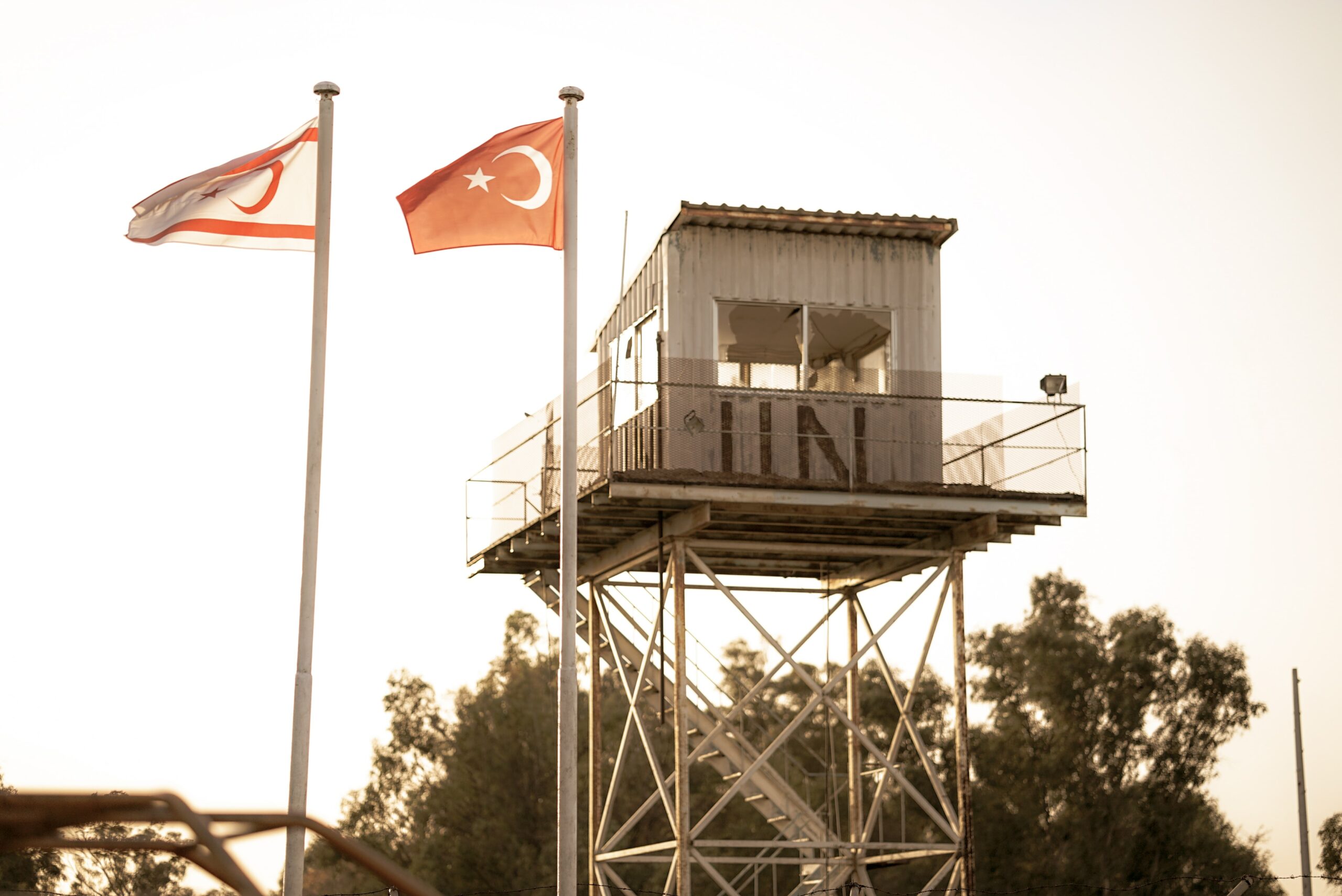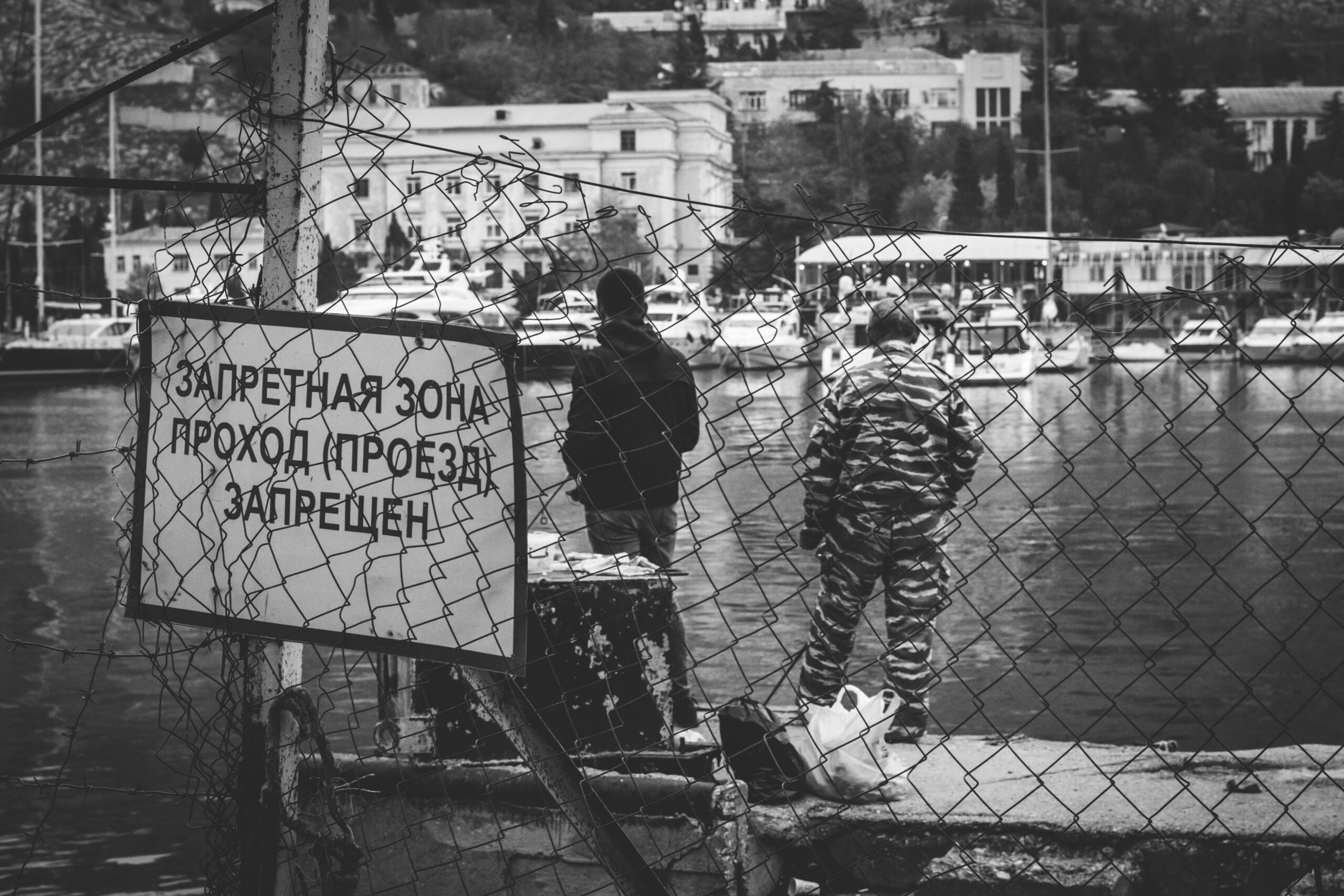“Among the obstacles that prevent not only the solution but even the discussion of the “real” problems is the distrust between the two nations created by their living history” – ?ükrü Sina Gürel, former Turkish Minister of Foreign Affairs.
The complicated relationship between Turkey and Greece precedes the migration crisis that took place in 2015. In order to understand the more recent disagreements, specifically pertaining to migration and refugees, it is worth reviewing how these nations’ historical backgrounds spark discord, as is suggested by the former Turkish Minister of Foreign Affairs.
Especially since 1974, the two biggest conflicts coming to mind when thinking of Greek-Turkish relations are those related to Cyprus and the Aegean Sea, with the latter also being a site of the EU migration crisis.
From early on, ethno-nationalistic tendencies among the Turkish and Greek Cypriots could be witnessed. Both groups linking their projected destiny to the ethnic groups on their respective mainland (Greece and Turkey) led to conflicts on the island itself, such as the inter-communal violence that commenced in the late 1950s and continued until Cyprus’ independence in 1960. In 1963, however, these inter-communal conflicts erupted yet again. Many inter-communal talks and peacekeeping missions could not solve these problems, and views soon were not the only point of division in Cyprus. With a Turkish invasion following a Greek coup on the island in 1974, a physical and demographic division of the island was established. Thereby, Cyprus was effectively split into two parts, with Greek-Cypriots living in the southern region under the legally recognized Republic of Cyprus (RoC) and Turkish-Cypriots living in the northern part under the ‘Turkish Republic of Northern Cyprus’ (TRNC), which is recognized solely by Turkey. Following the intervention in 1974, it can be understood that Turkey generally favors the current status quo of division on the island, while Greece hopes for reunification and rejects proposals of creating a federal system with the two groups having equal rights to representation.
Adding to the already pressed situation was Cyprus joining the EU in 2004, which put an additional strain on both the Turkish-EU and the Turkish-Greek relationships, as no settlement of the island dispute proved attainable. The former Turkish government under Bulent Ecevit took a hard line in the question of a feasible settlement, by threatening an annexation of the Turkish Republic of Northern Cyprus (TRNC) and permanently closing the door on any hope of re-unifying the island if Greek Cypriot accession was allowed before a settlement was made. The government under Tayyip Erdo?an has instead been pursuing a reformist agenda, which includes pushing for Turkish entry into the EU.

While the Cyprus issue is very much interlinked with the issue regarding the Aegean Sea, the latter is all the more complex. On the one hand, the Aegean problem is more interlinked with vital national interests like security and territorial sovereignty in Turkey and Greece. On the other hand, it is composed of multiple different issues. These issues include the delimitation of the maritime boundaries and continental shelf; the breadth of territorial waters; the control of the air space beyond the territorial waters; and Greek militarization of eastern Aegean islands.
Since Greece and Turkey have not decided on a delimitation agreement since the 1924 Lausanne Agreement, the Aegean maritime boundaries are not clear. While the Greek government argues that most of the continental shelf of the Aegean is Greek jurisdiction, Turkey argues that much of the Aegean continental shelf is geologically an extension of the Anatolian mainland.
The dispute on the breadth of territorial waters is based on Greece’s will to extend its maritime boundary to the 12-mile limit, which currently is a 6-mile limit around its mainland and all of its Aegean islands. This extension is motivated using the ‘Law of Sea’ from 1982. However, this would mean that virtually all passages to the high sea from the Turkish Aegean and the Black Sea ports would be leading through Greek territory. Therefore, Turkey sees this endeavor as an attempt to turn the Aegean Greek and repeatedly has stated that the extension of the 6-mile to a 12-mile limit would constitute a cause for war.
The question of airspace is heavily based on the arguments on the breadth of territorial waters, as the 1944 Chicago Convention on Civil Aviation declares the territorial seas’ width as the determinant for the airspace. This causes disputes due to regular ‘flyovers’ conducted by Turkey just 6-miles off the Greek coastline, which is perceived by Greece as a violation of its national airspace.
Migration flow is another issue to have caused further tensions between the two nations– even before the so-called migration crisis of 2015.
In 2010, an increase of immigrants to Greece could be noted, which prompted Greece to reinforce its land border to Turkey as most of the entries into Greece were made by land. However, the EU soon chose to assist the overwhelmed Greek government by launching Operation Poseidon – a land and sea border control mission coordinated by the EU agency Frontex. Furthermore, Greece at this point decided to close its border to Turkey entirely by installing a barbed wire fence and an anti-tank trench in Thrace for which it requested the EU’s financial support. This changed in 2015 when the new Greek government favored changing the migration policy by closing detention centers and allowing for the legalization of migrants and refugees with no valid travel documents.
Turkey was taking an ‘open door’-approach after the Syrian civil war broke out in 2011, which led to many Syrian refugees entering Turkey. However, as the government would not grant them refugee status, many subsequently decided to leave.

When, in 2015, the EU was faced with a vast number of people trying to enter the EU through Turkey, the EU member states demanded a discussion with Turkey about border control and limiting migration, leading to the so-called EU-Turkey deal. However, despite its name, the implementation was still mostly up to Greece and Turkey. At the same time, the European Commission permitted financial assistance for the Greek government to the tune of EUR 700 million and EUR 3 billion for the Turkish government to be spent on infrastructure maintenance and support for refugees by the end of 2018. This deal furthermore included a resettlement mechanism – a relocation decision by which refugees stranded in Greece should be distributed across other member states.
Migration from Turkey to Greece is still ongoing, and while the numbers crossing the land border surpass the numbers who arrive by sea, the sea crossings make up another problem. Per European law, individual asylum applications can be declared inadmissible after personal examination for each asylum seeker’s request. However, there is no possibility of globally declaring all asylum applications inadmissible; every single refugee on a boat has to be assessed. Therefore, the deal also influences efforts to prevent the possibilities of any refugee contact with the jurisdiction of an EU member state (here Greece). By that, it is trying to diminish European liability in terms of performing an individual examination and constituting a well-founded negative asylum test. This has caused newspaper articles to report that migrants accuse Greece of having – unrightfully – pushed them back out to sea.
In conclusion, it can be stated that since 2011, Turkey and Greece have been troubled by a high flow of migration due to the Syrian civil war. While both countries have been placing blame on each other for lack of border control, the EU managed to prevent any further conflict between them. But as other EU member states have been trying to limit their responsibilities by forwarding financial aid to both Greece and Turkey, rather than displaying solidarity, both countries still struggle with massive amounts of migrants. On the other hand, this, of course, leaves the migrants themselves in situations that do not reflect the EU’s core values.
While the issues discussed above do not reflect the whole picture of the Greece and Turkey conflict, this paper attempted to point out some of the issues that uphold a certain tension between them. Looking at both countries’ history, it seems like the conflicts appear in cycles, and as the sources for tension have not been eliminated, it is only a matter of time until the next big clash is to be expected.
Photo by Crawford Jolly of Alexanderplatz, Berlin, Germany with no relation to content of article

Uwe Fromm
Fromm is studying his second year at the Msc in European Studies. His main interests lie in the EU multi-level system and how the local level can influence the EU's decision-making processes.


